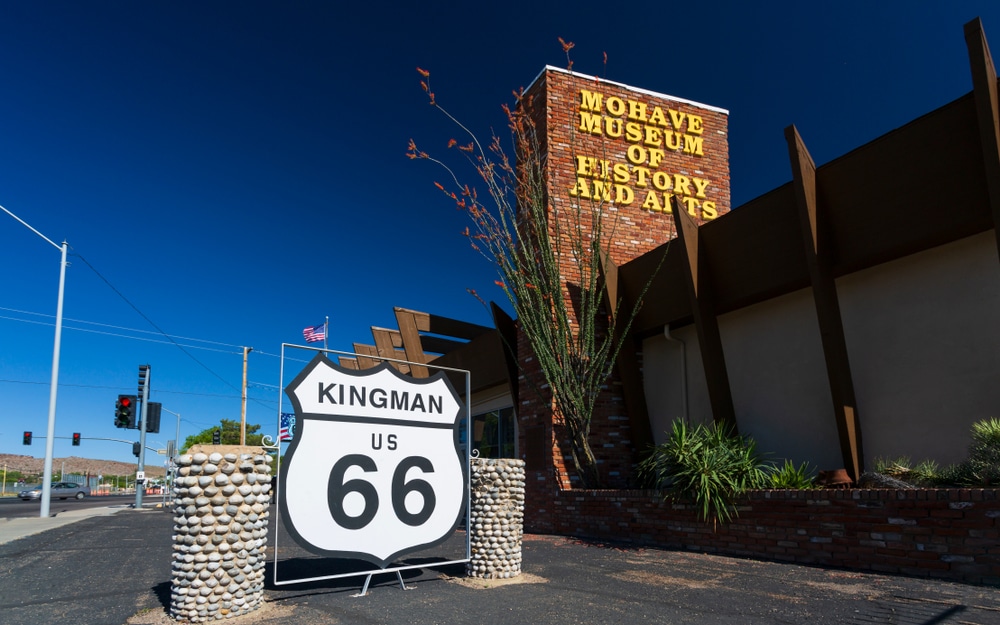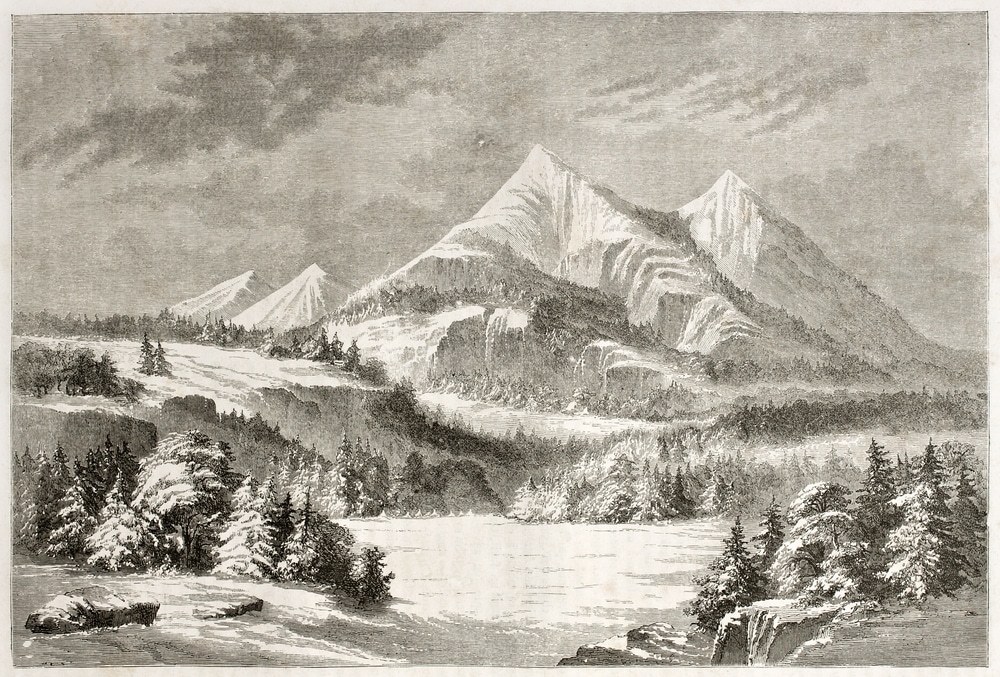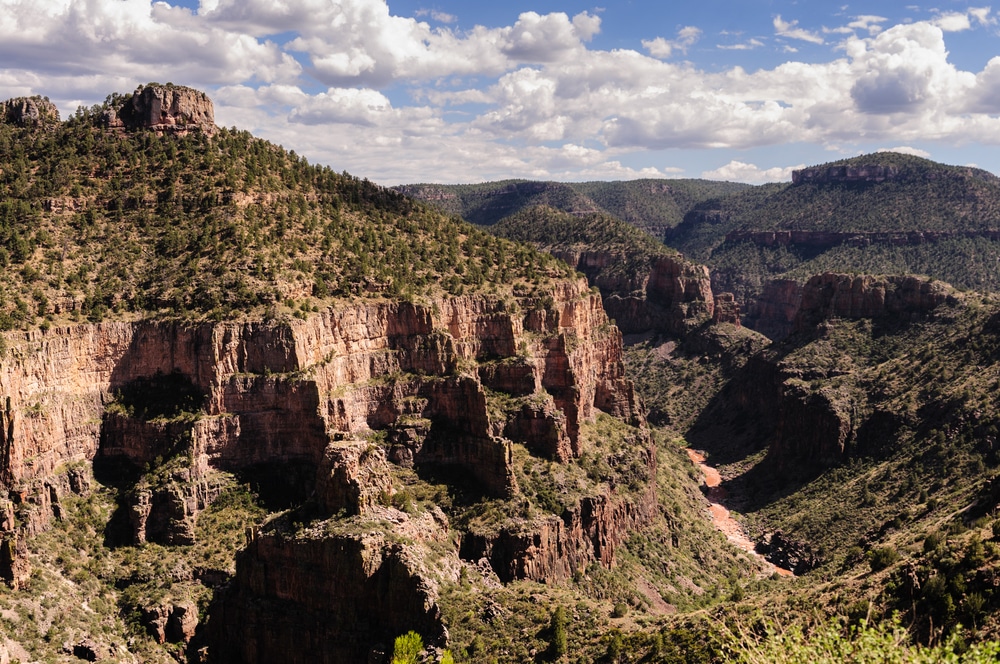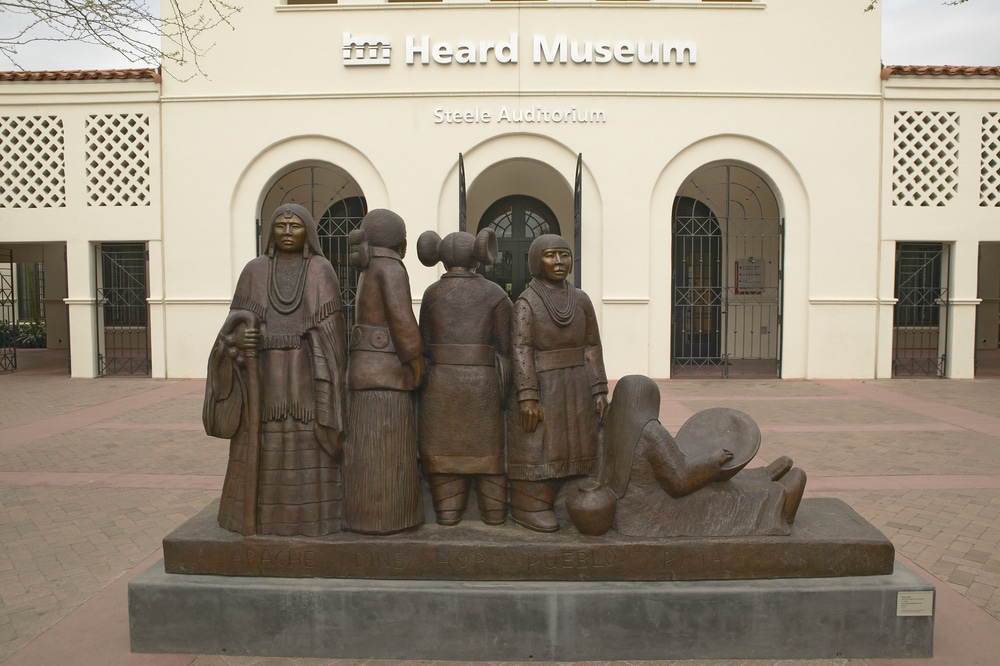In the pre-dawn darkness of July 26, 1953, a convoy of over 100 police vehicles descended upon the remote desert community of Short Creek, Arizona. Armed officers, social workers, and journalists had traveled through the night from Phoenix and Kingman, their mission shrouded in secrecy under the code name “Operation Seagull.” As the sun rose over the vermillion cliffs that morning, it illuminated one of the most controversial law enforcement actions in Arizona history—a raid that would tear apart families, challenge constitutional freedoms, and leave scars that persist in the community now known as Colorado City.
A Community on the Edge
Short Creek straddled the Arizona-Utah border, its very location a strategic choice by fundamentalist Mormon settlers who could slip across state lines to avoid prosecution. Founded in 1913 by members who refused to abandon polygamy after the mainstream Church of Jesus Christ of Latter-day Saints officially discontinued the practice in 1890, the town had grown into a self-sufficient community of about 400 people by the 1950s.
The Isolated Community
The residents, who called themselves fundamentalist Mormons or members of “The Work,” had built their town in one of the most isolated corners of Arizona. Situated at the foot of the Vermillion Cliffs, nearly 400 miles from Phoenix and accessible only by dirt roads that became impassable in rain, Short Creek seemed like another world entirely. The community operated its own schools, grew much of its own food, and maintained a lifestyle they believed honored the original teachings of Joseph Smith.
Political Pressure Mounts
By 1953, Arizona Governor Howard Pyle had decided that Short Creek represented a threat to the moral fabric of the state. Reports of underage marriages, welfare fraud, and what officials termed “white slavery” had captured public attention. The practice of “celestial marriage”—as polygamy was known in the community—violated both Arizona law and federal statutes. Pyle, facing re-election and under pressure from religious groups and women’s organizations, saw the raid as both a moral imperative and political opportunity.
Operation Seagull Planning
The planning for Operation Seagull began months in advance. Arizona Attorney General Ross Jones coordinated with the Arizona National Guard, the Arizona Department of Public Safety, and Mohave County Sheriff’s Office. The state enlisted judges to sign warrants, arranged for juvenile court proceedings, and even contracted with news outlets to ensure media coverage. The Arizona Republic newspaper was given exclusive access, with reporters and photographers embedded in the raiding party.
The Raid Unfolds
At 4 a.m. on that July morning, roadblocks sealed off every route into Short Creek. The raiders found the community already assembled in the schoolhouse, having been warned by sympathetic locals who noticed the unusual late-night traffic. The residents were singing hymns, their voices carrying across the desert as officers surrounded the building.
The Scene
“We found them gathered as if for morning worship,” recalled former Arizona Highway Patrol officer Bill Carter in a 1978 interview preserved at the Arizona Historical Society. “Men, women, and children, all dressed in their Sunday best. They knew we were coming.”
Governor Pyle, speaking from his Phoenix office via radio broadcast, declared the raid necessary to protect innocent women and children from “insidious slavery.” He painted a picture of a community built on the “degradation of women and the subjugation of children.” The reality officers found was more complex—a community of deeply religious people living according to principles they held sacred, whatever the law might say.
Family Separations
The arrest warrants named 122 men and women. Officers separated families on the spot, with 263 children taken into state custody. The scenes that followed shocked even some of the officers involved. Mothers clung to their children, only to have them pulled away by social workers. Fathers were handcuffed and loaded into buses while their families wept.
“The thing that stays with me,” former Mohave County Deputy James Mackelprang told researchers in 1995, “was a little girl, maybe six years old, screaming for her daddy as they carried her to the bus. Her father was already in custody, and her mother had fainted. I’d been told we were rescuing these kids, but it didn’t feel like a rescue.”
Legal Battles and Public Backlash
The images that emerged from Short Creek—published prominently in LIFE magazine and newspapers across the country—didn’t match the narrative Governor Pyle had crafted. Instead of downtrodden women grateful for liberation, Americans saw photographs of sobbing mothers reaching for their children. Instead of evidence of child abuse, they saw clean, well-fed children being torn from their homes.
The State’s Case Crumbles
The legal proceedings that followed proved equally problematic. The state’s case began to crumble almost immediately. Adult women insisted they had entered plural marriages voluntarily. Medical examinations found no evidence of abuse among the children. The community’s own records showed that most marriages involved adult women, contradicting claims of widespread child marriage.
Judge Lorna Lockwood, presiding over juvenile hearings in Phoenix, grew increasingly skeptical of the state’s position. In one memorable exchange recorded in court transcripts, she asked a state prosecutor: “What evidence do you have that these children are neglected, other than the fact their parents practice polygamy?” The prosecutor struggled to answer.
Shifting Public Opinion
By November 1953, public opinion had turned decisively against the raid. Arizona newspapers that had initially supported the action now published editorials questioning its wisdom and legality. The Phoenix Gazette wrote: “Whatever we think of polygamy, the sight of armed officers separating crying children from their mothers should trouble every American who values family and freedom.”
Financial Costs
The financial cost mounted as well. Housing 263 children in foster care and institutions proved enormously expensive. The state spent over $600,000 (equivalent to over $6 million today) on the operation and its aftermath. Legal defense funds poured in from across the country, including from mainstream Mormon communities who, while rejecting polygamy, were appalled by the government’s tactics.
Political Consequences and Gradual Return
The Short Creek raid effectively ended Howard Pyle’s political career. In the 1954 election, he lost to Democrat Ernest McFarland in what political historians consider one of the biggest upsets in Arizona gubernatorial history. Pyle’s defeat was attributed directly to public revulsion over the raid, making him the only Arizona governor to lose re-election in the 20th century.
Historical Assessment
“The Short Creek raid became a textbook example of government overreach,” explains Dr. Martha Bradley-Evans, author of “Kidnapped from That Land: The Government Raids on the Short Creek Polygamists.” “Pyle thought he was striking a blow for morality and law. Instead, he created martyrs and turned public opinion against his administration.”
Legal Resolution
The legal cases dragged on for two years. Most of the men received suspended sentences or probation after pleading guilty to conspiracy to violate state laws against bigamy. The Arizona Supreme Court, in a series of rulings, criticized the state’s handling of the custody cases. By 1955, most of the children had been returned to their families, though some families remained separated for years.
Community Impact
The community itself was forever changed. Many families had been torn apart, with some children placed in foster care never fully reuniting with their birth families. The trauma of the raid created a deep suspicion of government authority that persists in the community today. Short Creek—renamed Colorado City in 1958—became even more insular and distrustful of outsiders.
Modern Legacy and Ongoing Tensions
Today, Colorado City remains home to fundamentalist Mormon communities, though much has changed since 1953. The town made national headlines again in the 2000s during the prosecution of Warren Jeffs, leader of the Fundamentalist Church of Jesus Christ of Latter-Day Saints (FLDS), for child sexual abuse and forced marriages. These later prosecutions, focused on specific crimes rather than lifestyle, avoided the constitutional and public relations disasters of the 1953 raid.
Physical Remnants
The physical remnants of old Short Creek can still be seen throughout Colorado City. The schoolhouse where residents gathered that morning in 1953 stands empty, its windows boarded. The town’s historic district preserves several homes from the raid era, their architecture reflecting the community’s attempt to build a “united order” society.
Legal Influence
The raid’s impact extends beyond Colorado City. Legal scholars cite the Short Creek cases in discussions of religious freedom, parental rights, and the limits of government power. The raid influenced how law enforcement approaches religious communities, with most agencies now favoring targeted prosecutions of specific crimes over mass arrests.
Museum Recognition
At the Mohave Museum of History and Arts in Kingman, a small exhibit addresses the raid, including photographs and documents from both sides of the conflict. The display acknowledges the raid as “a complex chapter in Arizona history that raises enduring questions about religious freedom, child welfare, and the role of government.”
Personal Trauma
For the descendants of those affected by the raid, the trauma remains real. Mary Mackert, who was 12 when taken from her family in Short Creek, wrote in her memoir “Torn From My Arms”: “They said they were saving us, but all I knew was that strangers were taking me from everything I loved. It took decades to heal from that morning.”
Policy Changes
The Short Creek raid also influenced how Arizona approaches child welfare cases. Current Department of Child Safety protocols emphasize keeping families together when possible and require clear evidence of abuse or neglect before removing children from their homes—policies shaped in part by the lessons of Short Creek.
Preserving the History
Several organizations work to preserve and interpret this complex history. The Colorado City Historical Society maintains archives of photographs, documents, and oral histories from raid survivors. Their collection, housed in a small museum on Central Street, is open by appointment to researchers and visitors interested in understanding this chapter of Arizona history.
Academic Collections
The University of Utah’s Marriott Library Special Collections holds the largest archive of materials related to the raid, including government documents, legal briefs, and personal papers donated by participants on both sides. Arizona State University’s Labriola National American Indian Data Center has begun collecting oral histories from Native American residents of the area, whose perspectives on the raid have often been overlooked.
Modern Voices
In recent years, some former FLDS members have begun sharing their stories more openly, adding nuance to historical understanding of life in Short Creek. Organizations like Holding Out HELP, founded by former plural wives, provide support to those leaving polygamous communities while also preserving their histories.
Continuing Influence
The raid continues to influence discussions about religious freedom and government authority in Arizona. When state officials consider intervention in religious communities—whether fundamentalist Mormon, Native American, or others—the specter of Short Creek serves as a cautionary tale about the dangers of broad, military-style operations against entire communities.
Visit the History
Historic Sites and Museums
📍 Mohave Museum of History and Arts
- Address: 400 W Beale St, Kingman, AZ 86401
- 📞 Phone: (928) 753-3195
- 🌐 Website: mohavemuseum.org
- 🕒 Hours: Monday-Friday 9 AM – 4 PM, Saturday 1 PM – 4 PM
- 💰 Admission: $5 adults, $4 seniors, $3 students, free for children under 12
- ♿ Accessibility: Fully wheelchair accessible
📍 Colorado City Historical Society
- Address: 1000 Central St, Colorado City, AZ 86021
- 📞 Phone: By appointment only – (928) 875-2646
- 🕒 Hours: By appointment, typically Tuesday-Thursday
- 💰 Admission: Donation suggested
- ♿ Accessibility: Limited wheelchair access in historic building
📍 Pipe Spring National Monument (near Colorado City)
- Address: 406 N Pipe Spring Rd, Fredonia, AZ 86022
- 📞 Phone: (928) 643-7105
- 🌐 Website: nps.gov/pisp
- 🕒 Hours: Daily 8 AM – 5 PM (reduced winter hours)
- 💰 Admission: $10 per person, free with National Parks Pass
- ♿ Accessibility: Visitor center and some trails wheelchair accessible
Additional Resources
📚 Further Learning: For those interested in learning more about the Short Creek raid and its lasting impact, several excellent resources are available. Martha Bradley-Evans’ “Kidnapped from That Land” provides the most comprehensive academic treatment of the raid. The documentary “Banking on Heaven” includes interviews with raid survivors and archival footage. The Arizona Historical Society in Flagstaff maintains a collection of oral histories from law enforcement officers who participated in the raid, available to researchers.
📅 Educational Events: Upcoming lectures on Arizona’s religious history, including discussion of Short Creek, are regularly scheduled at Northern Arizona University’s Martin-Springer Institute. The annual Arizona History Convention often features panels on the raid’s legal and social implications, with the next convention scheduled for April 2025 in Tucson.





